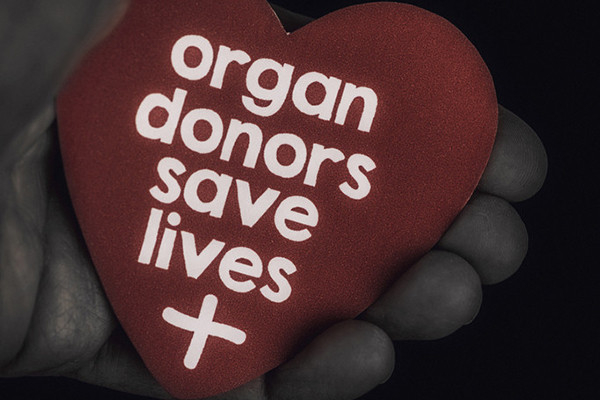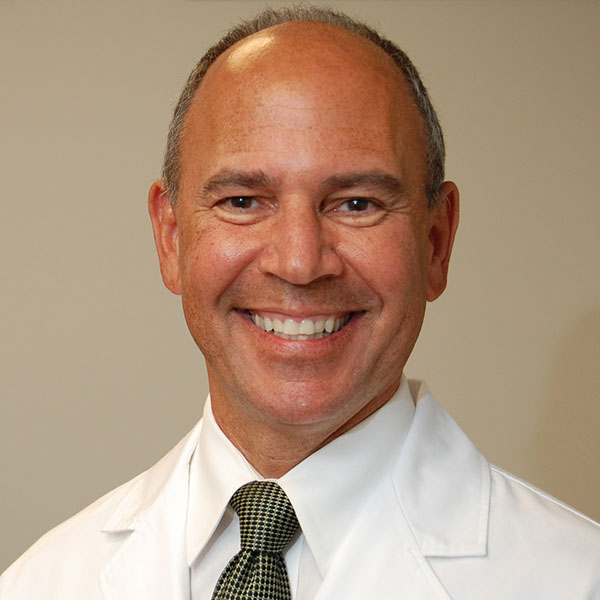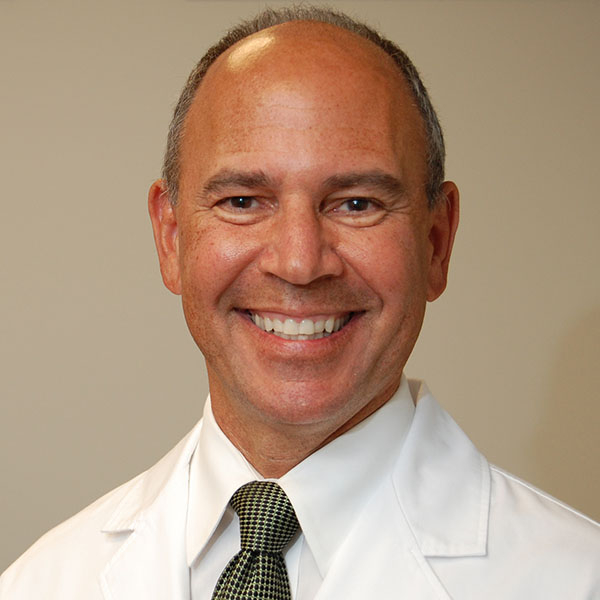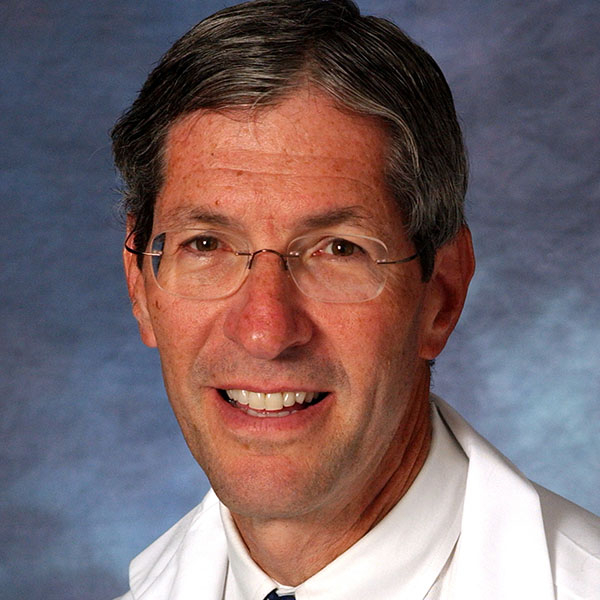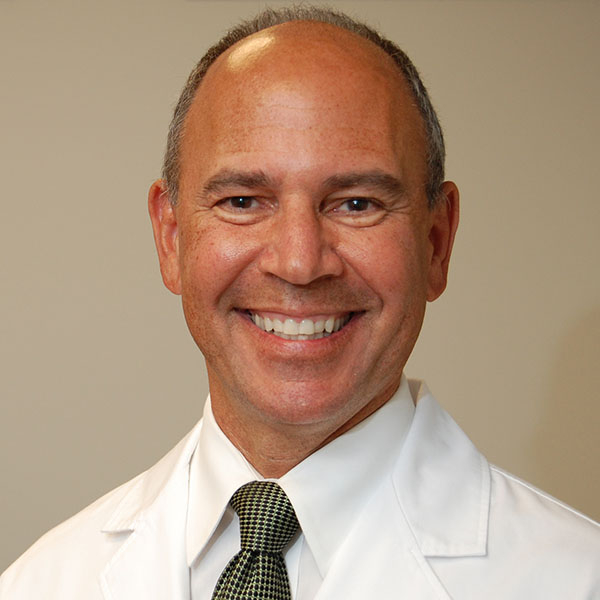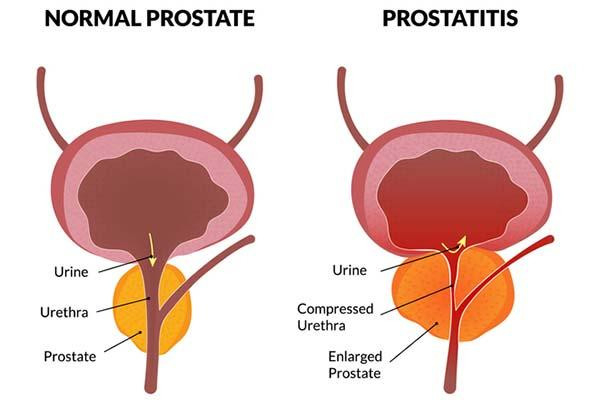
ADHD, or attention deficit hyperactivity disorder, is the most common neurobehavioral disorder of childhood. It affects approximately 7% to 8% of all children and youth in the US. As the American Academy of Pediatrics (AAP) points out in their clinical practice guideline for ADHD, that’s more than the mental health system can handle, which means that pediatricians need to step up and help out.
So, if your child is having problems with attention, focus, hyperactivity, impulsivity, or some combination of those, and is at least 4 years old, your first step should be an appointment with your child’s primary care doctor.
What steps will your pediatrician take?
According to the AAP, here’s what your doctor should do:
Take a history. Your doctor should ask you lots of questions about what is going on. Be ready to give details and examples.
Ask you to fill out a questionnaire about your child. Your doctor should also give you a questionnaire to give to your child’s teacher or guidance counselor.
A diagnosis of ADHD is made only if a child has symptoms that are
- present in more than one setting: For most children, that would be both home and school. If symptoms are only present in one setting, it’s less likely to be ADHD and more likely to be related to that setting. For example, a child who only has problems at school may have a learning disability.
- causing a problem in both of those settings: If a child is active and/or easily distracted, but is getting good grades, isn’t causing problems in class, and has good relationships in school and at home, there is not a problem. It bears watching, but it could be just personality or temperament.
There are ADHD rating scales that have been studied and shown to be reliable, such as the Vanderbilt and the Conners assessments. These scales can be very helpful, not just in making diagnoses, but also in following the progress of a child over time.
Screen your child for other problems. There are problems that can mimic ADHD, such as learning disabilities, depression, or even hearing problems. Additionally, children who have ADHD can also have learning disabilities, depression, or substance use. It’s important to ask enough questions and get enough information to be sure.
Discussing treatment options for ADHD
If a diagnosis of ADHD is made, your pediatrician should discuss treatment options with you.
- For 4- and 5-year-olds: The best place to begin is really with parent training on managing behavior, and getting support in the classroom. Medications should only be considered in this age group if those interventions don’t help, and the child’s symptoms are causing significant problems.
- For 6- to 12-year-olds: Along with parent training and behavioral support, medications can be very helpful. Primary care providers can prescribe one of the FDA-approved medications for ADHD (stimulants, atomoxetine, guanfacine, or clonidine). In this age group, formal classroom support in the form of an Individualized Education Program (IEP) or a 504 plan should be in place.
- For 12- to 18-year-olds: The same school programs and behavioral health support should be in place. Medications can be helpful, but teens should be part of that decision process; shared decision-making is an important part of caring for teens, and for getting them ready to take on their own care when they become adults.
Follow-up care for a child with ADHD
Your pediatrician also should follow up with you and your child. Early on, there should be frequent visits while you figure out the diagnosis, as well as any other possible problems. And if medication is prescribed, frequent visits are needed initially as you figure out the best medication and dose and monitor for side effects.
After that, the frequency of the visits will depend on how things are going, but appointments should be regular and scheduled, not just made to respond to a problem. ADHD can be a lifelong problem, bringing different challenges at different times, and it’s important that you, your child, and your doctor meet regularly so that you can best meet those challenges.
Because together, you can.
Watch a video of Dr. Erica Lee discussing behavioral therapies to help children with ADHD.
About the Author

Claire McCarthy, MD, Senior Faculty Editor, Harvard Health Publishing
Claire McCarthy, MD, is a primary care pediatrician at Boston Children’s Hospital, and an assistant professor of pediatrics at Harvard Medical School. In addition to being a senior faculty editor for Harvard Health Publishing, Dr. McCarthy … See Full Bio View all posts by Claire McCarthy, MD Share

